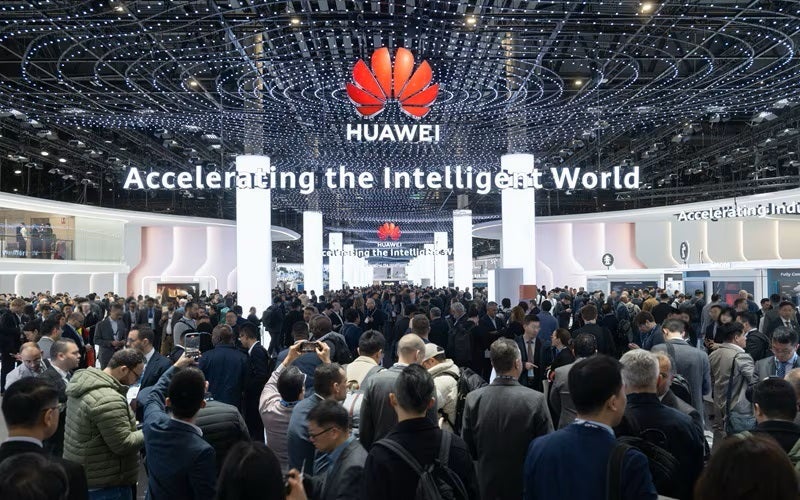Carrier networks are evolving much of the same way as autonomous vehicles and driverless taxis like Waymo.
AI, including generative AI is among some of the leading technologies deployed by communication service providers (CSPs) to amplify human imagination with concrete outcomes. Most CSPs have already implemented AI to improve efficiency, accelerate innovation cycles and automate workflows. But with 15% to 30% of annual revenue still on CAPEX projects, telcos are under pressure to build, full-stack AI-enabled autonomous networks, from cellular wireless to optical infrastructure, O&M, and up the value stack to service assurance and fulfilment.
This is to improve user experience, service quality, availability, and a faster fulfilment of orders.
The journey to fully autonomous networking
At Mobile World Congress 2025, operators detailed their journey for fully autonomous networking, standardising on a scale from 0 (no machines) to five (no humans).
Between these extremes, the industry is now at a major turning point. Telcos are moving the needle from human-initiated automation and oversight of network O&M and service lifecycle (Level-3) to machine-defined processes (Level-4), management, orchestration and resolution. Instead of machines assisting humans in decisions, like a co-pilot, the industry is empowering AI agents to identify, prioritise and solve problems independent of humans.
The impact will be dramatic improvements in operational efficiencies and CAPEX reductions. Other benefits include faster time to market for new services, transforming the frontline support, or even lowering the carbon footprint. Ultimately, the goal is increasing telco business agility through the pervasive use of AI.
Immediate opportunities
Some of the immediate opportunities sit in telco network operations and service assurance. Huawei, for example, highlighted examples where it can detect, localise and troubleshoot potential faults in the network, even before an outage occurs.
The company was able to show a 40% resolution rate for software-related faults through remote fixing as well as 60% repair rate for hardware-related faults within 30 minutes (optimised for field service). For CSPs, these use cases help to reduce truck rolls and site visits. For customers, it improves network uptime and satisfaction.
Service assurance, or tools that help to guarantee the reliability, efficiency and security of networks through monitoring, management, and optimisation solutions is another important area.
Autonomous network drivers
According to a recent TM Forum case study, carriers like AIS in Thailand, are starting to use real-time data, supported by AI/ML algorithms, to increase network utilisation, adjust bandwidth or maximise throughput in transport networks. This is to improve user experience, especially for latency sensitive applications such as gaming, AR/VR, or video streaming. Level 4 automation is translating customers’ intents, into network requirements or actions automatically recorded and fulfilled by programmable infrastructure to deliver service-driven outcomes.
TM Forum is also at the forefront of industry-wide collaboration to drive the deployment and evolution of autonomous network (AN) technology, processes and business models. It has been setting standards, opening data and creating layered frameworks, reference architectures and KPIs to measure business value and correlate impact. The vision is to automate the entire service lifecycle, from ordering to fulfilment, activation, orchestration, management, assurance, optimisation and billing.
To date, more than 60 companies have signed the TM Forum Autonomous Networks Manifesto pledging to work rapidly toward Level 4 autonomy. There are also 120 AN standards and research projects underway across the industry. Over a dozen major CSPs are pledging to have this capability between now and 2027.
Increased deployment in 2025
Within the next 12 months, carriers will continue to deploy more AI network and service agents to extend automation and autonomy across more domains to create an end-to-end capability to support businesses, consumers and home environments.
There will also be an increased adoption of digital twins with holographic designs– virtual 3D replicas of physical objects, processes, or operating environments – to deliver more accurate modelling, simulation and inference to real world scenarios.
AI is also improving the data visualisation, and multi-dimensional views such as current network performance, with customer experience and ARPU. AI is making automation a reality and the industry-wide collaboration through the continual opening of APIs will drive changes at a pace not seen in the telco space for many years.








